When it comes to seafood, both Korea and Japan and Korea rich culinary traditions that showcase their love for fresh ingredients from the ocean. However, Korea tends to consume more seafood than Japan. Let’s explore the reasons behind this trend in a way that’s easy to digest!
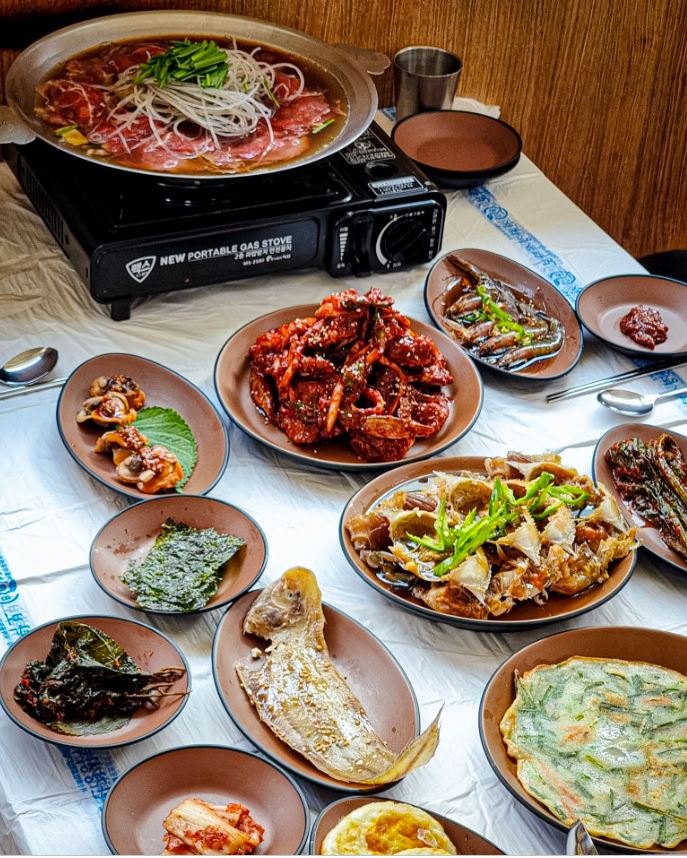
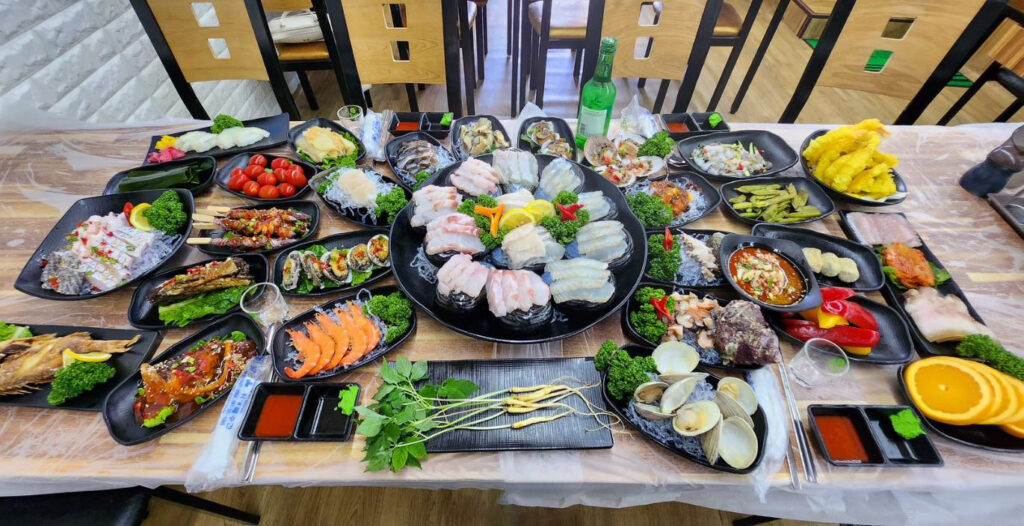
1. Seafood Consumption Rates
First, let’s look at some numbers to understand the difference in seafood consumption between the two countries:
| Country | Average Seafood Consumption (kg per person/year) |
|---|---|
| Korea | 55 kg |
| Japan | 43 kg |
As you can see, Koreans enjoy significantly more seafood on average than their Japanese counterparts!
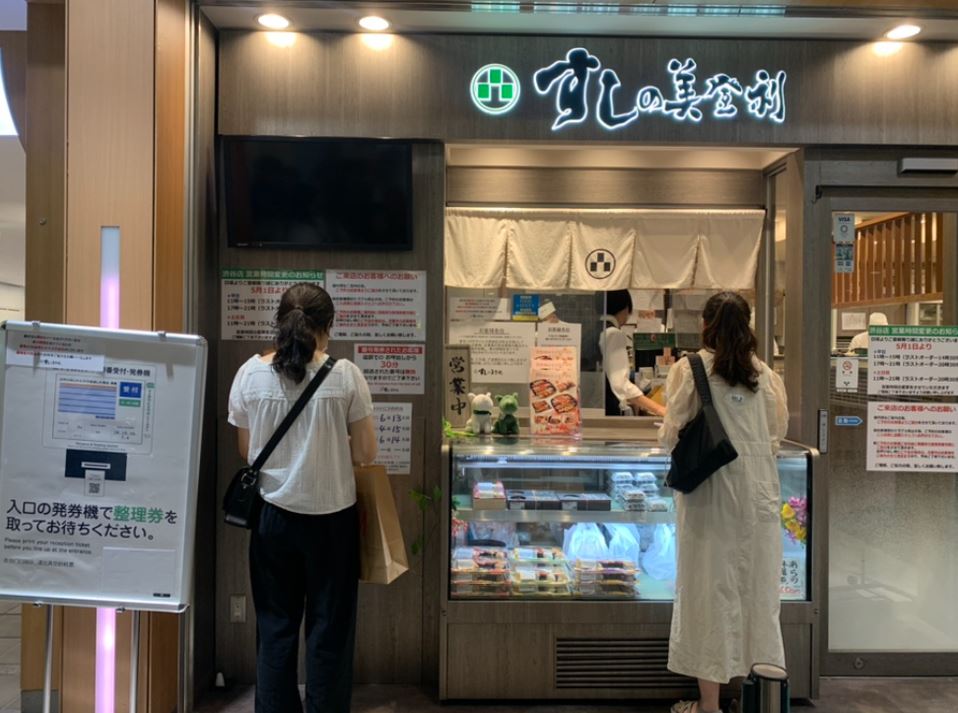

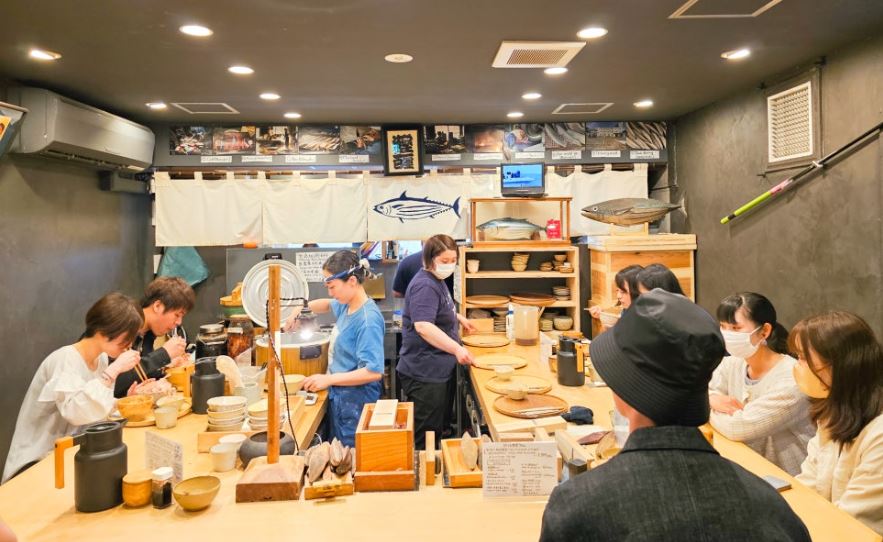
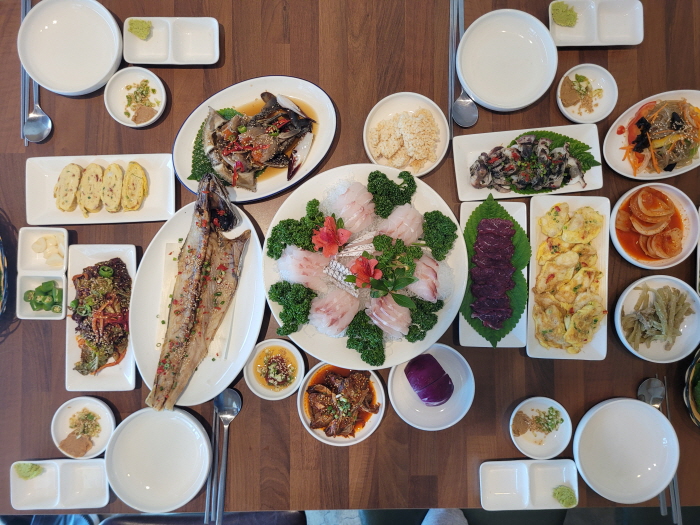
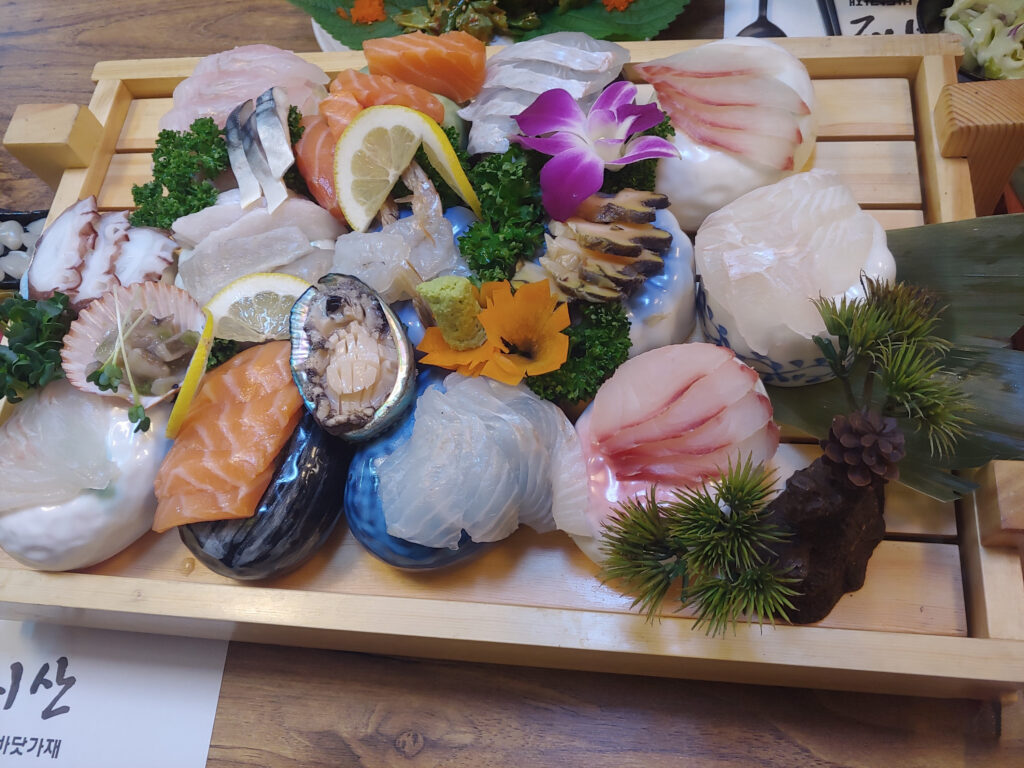
2. Variety of Dishes
Korean cuisine is known for its diverse use of seafood in a wide range of dishes. Here are some popular options:
- Sashimi and Sushi: While Japan is famous for its sashimi and sushi, Korea has its own take with dishes like hoe, which features raw fish served with spicy dipping sauces.
- Stews and Soups: Korea loves its hearty seafood stews, such as maeuntang (spicy fish soup) and sundubu jjigae (soft tofu stew with seafood).
- Fermented Dishes: Korean cuisine includes unique fermented seafood dishes like jeotgal (fermented shrimp or fish), which adds depth to many meals.
Japan’s seafood is often prepared in more delicate ways, while Korea embraces a bolder approach with a wider array of dishes.
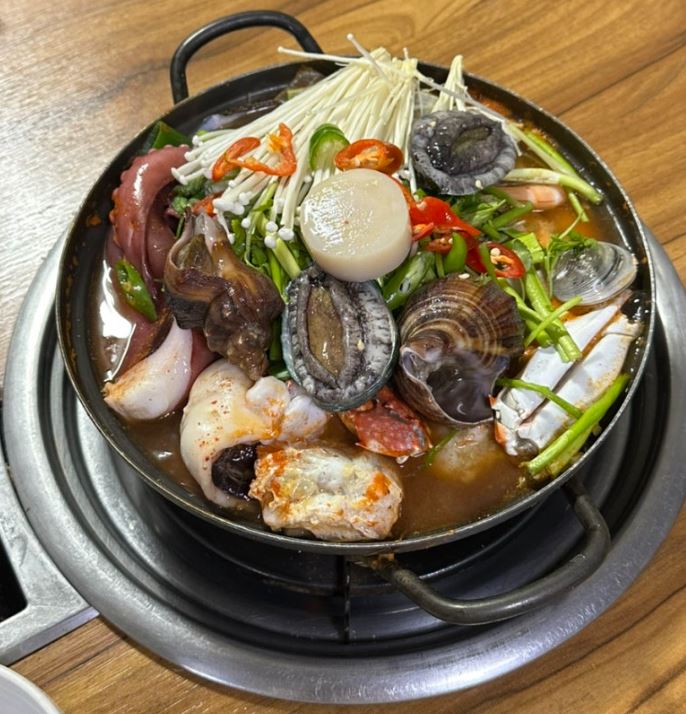
3. Cultural Significance
Seafood holds a special place in both cultures, but in Korea, it is often seen as a staple part of the diet:
- Festivals and Celebrations: Korean celebrations often feature seafood dishes, emphasizing the cultural importance of these ingredients. For example, during the New Year, dishes like saengseon-gui (grilled fish) are popular.
- Health Beliefs: In Korea, seafood is believed to have various health benefits, including improved skin health and longevity, leading to increased consumption.
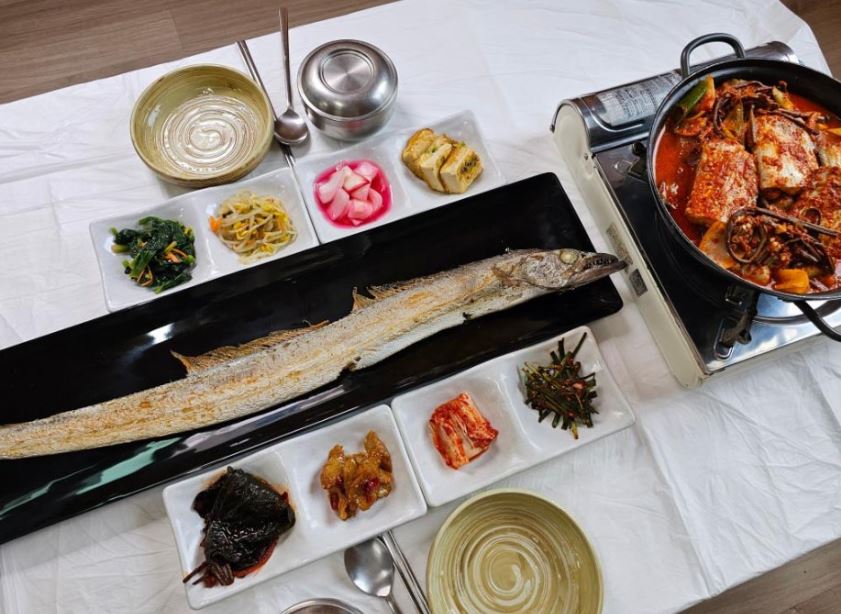
4. Accessibility and Market Culture
Korea has a thriving market culture that promotes the consumption of fresh seafood:
- Vibrant Fish Markets: Markets like Noryangjin offer a plethora of fresh seafood options, making it easy for people to buy and prepare seafood at home.
- Live Seafood Experience: Many Koreans enjoy selecting live seafood at markets and having it prepared on-site, reinforcing a culture of freshness.
In contrast, while Japan also has markets, the emphasis is often on specialty ingredients and more refined dining experiences.
5. Dietary Preferences
Korean diets tend to include a variety of flavors, with seafood as a primary protein source. Here’s a quick comparison:
| Aspect | Korea | Japan |
|---|---|---|
| Protein Sources | Seafood, meat, vegetables | Seafood, meat, rice |
| Flavor Profile | Spicy, savory, diverse | Umami, subtle, delicate |
| Meal Structure | Multiple side dishes (banchan) | Simpler, focused on main dish |
Korean meals typically feature multiple side dishes (banchan), often highlighting seafood, whereas Japanese meals may focus more on a single dish.
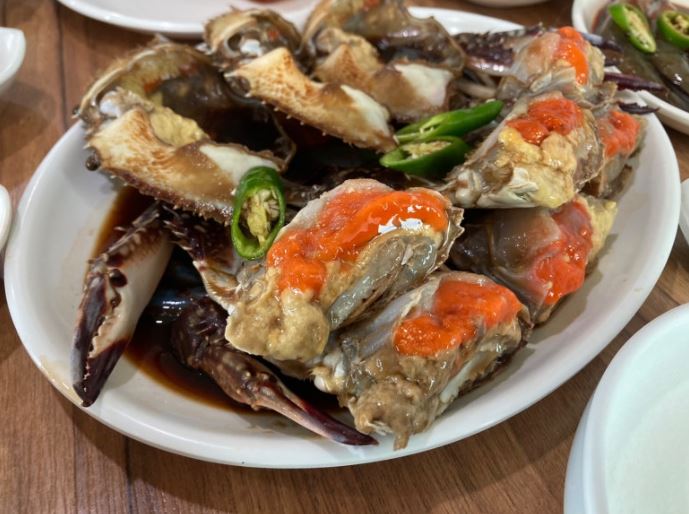
Korea’s seafood culture is rich, diverse, and deeply ingrained in its culinary traditions. With higher consumption rates, a variety of dishes, cultural significance, accessible markets, and dietary preferences, it’s clear why seafood plays a crucial role in Korean life.
So when you visit Korea, be sure to indulge in the incredible seafood offerings and experience the vibrant culture that surrounds it! Enjoy your culinary journey in the land of fresh flavors!
Leave a Reply